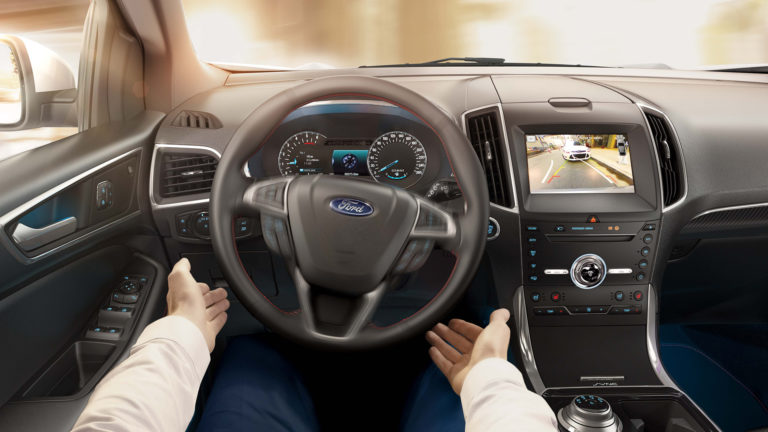Ford’s Chief Operating Officer, Kumar Galhotra, recently announced that the company will be discontinuing some of its autonomous parking features in an effort to streamline operations and reduce costs. The decision comes as part of Ford’s strategy to evaluate the usage and value of its technology offerings, with a focus on optimizing resources and delivering more impactful innovations to customers.
The autonomous parking features, which are built around Ford’s Active Park Assist technology, have been in the market for a decade, with successive generations aimed at simplifying parallel parking by utilizing onboard cameras and sensors to identify parking spaces and take over driving duties to maneuver the vehicle into position. However, Galhotra revealed that the usage of certain auto-park functionalities has been minimal, prompting the company to discontinue them in order to achieve cost savings.
During a conference call, Galhotra emphasized the importance of connected vehicle data in understanding customer usage patterns and preferences. He cited the example of the auto-park feature, noting that the low utilization rate justified its removal, resulting in significant cost savings of approximately $60 per vehicle. The cumulative impact of these cost-saving measures is estimated to reach around $10 million annually, with potential wider cost reductions of up to $2 billion when factoring in manufacturing, freight, and material expenses associated with these technologies.
While specific details about the discontinued technology were not disclosed, Galhotra’s remarks raised questions about the potential impact on other autonomous features, such as Adaptive Cruise Control. The Active Park Assist technology is currently integrated into various Ford models, including the electric Mustang Mach-E, the F150 pick-up, and the Escape compact SUV, but no definitive timeline for phasing out the system has been announced.
Ford’s decision to reevaluate the relevance and usage of its autonomous parking features reflects a broader industry dialogue about the practicality and effectiveness of high levels of automation in modern vehicles. The company’s data-driven approach aims to align its product offerings with customer preferences, ensuring that resources are allocated to technologies that resonate with consumers. While the discontinuation of certain features may limit the potential for on-demand subscription packages, it ultimately contributes to cost efficiencies that can benefit customers, particularly in the context of the growing market for electric vehicles.
The move also underscores the ongoing debate about the functionality of current autonomous systems, with the author expressing skepticism about their effectiveness based on personal experiences. The sentiment aligns with Ford’s strategic shift towards prioritizing customer-driven innovation and cost-effective solutions, particularly in the evolving landscape of automotive technology.
In conclusion, Ford’s decision to discontinue certain autonomous parking features reflects a strategic realignment towards customer-centric innovation and cost optimization. By leveraging connected vehicle data and evaluating the usage of its technologies, the company aims to deliver impactful solutions while ensuring efficient resource allocation. This approach not only addresses the practicality of current autonomous functionalities but also contributes to enhancing consumer confidence and cost-effectiveness in the evolving automotive market.




